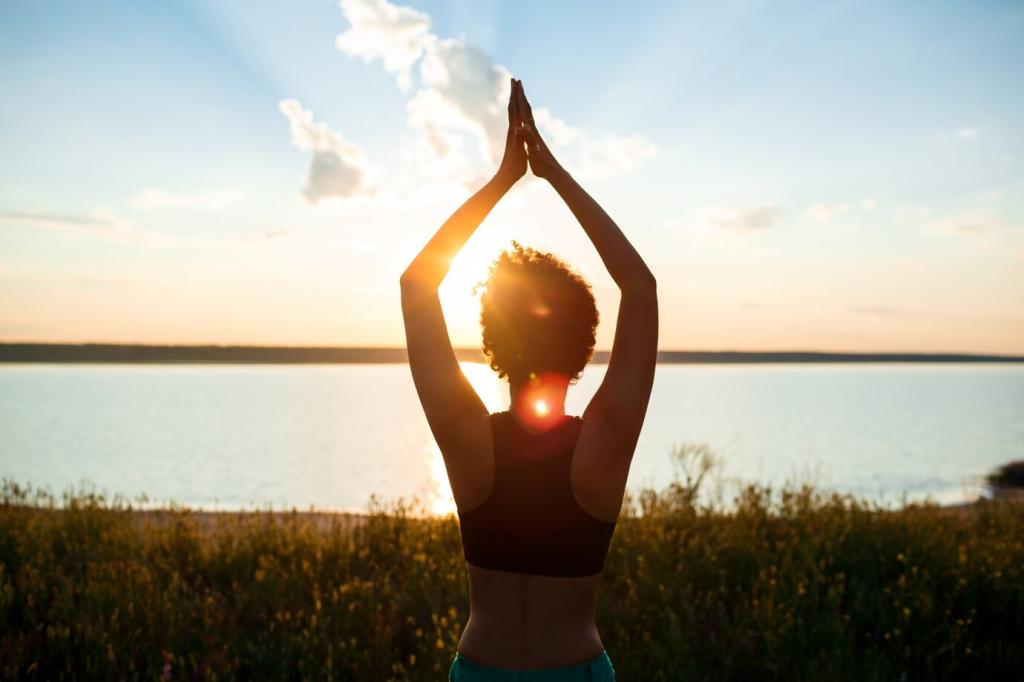Physical and Mental Health: The Dual Impact of Yoga and Meditation
Chosen theme: Physical and Mental Health: The Dual Impact of Yoga and Meditation. Welcome to a space where mindful movement meets stillness, and science meets lived experience. Together, we will explore how yoga and meditation reinforce each other—strengthening bodies, softening stress, and sharpening focus—so you can feel grounded, resilient, and inspired every day. Join our community, share your questions, and subscribe for weekly guidance tailored to this powerful, integrative practice.

Breath links body and mind, syncing gentle movement with mindful awareness. Slow nasal breathing stabilizes heart rhythm, supports vagal tone, and calms the nervous system, making meditation easier and more sustainable for beginners and lifelong practitioners.
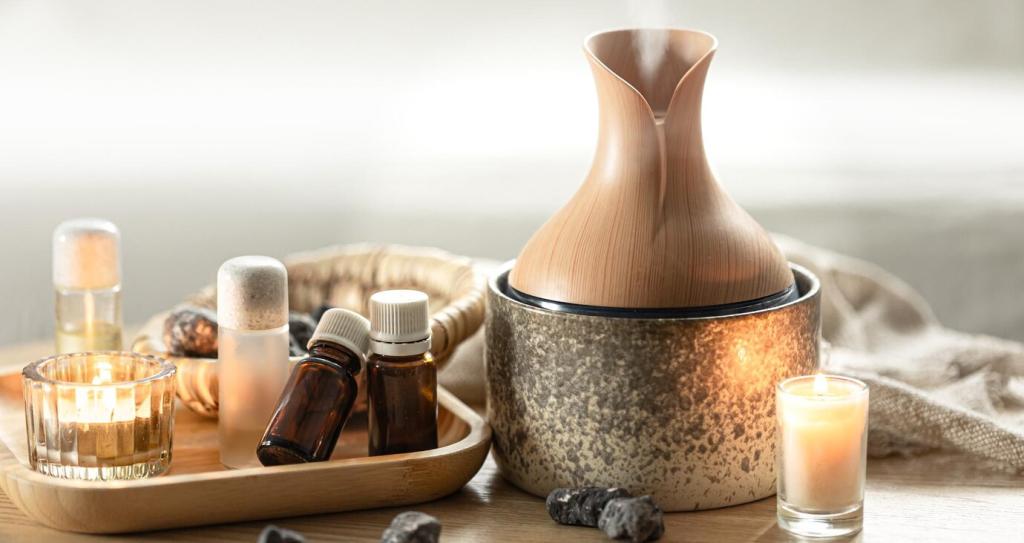
When the body releases tension through simple poses, it frees attention from discomfort. Aligned spines and relaxed hips make sitting more comfortable, so the mind can settle without constant fidgeting or distraction during meditation.
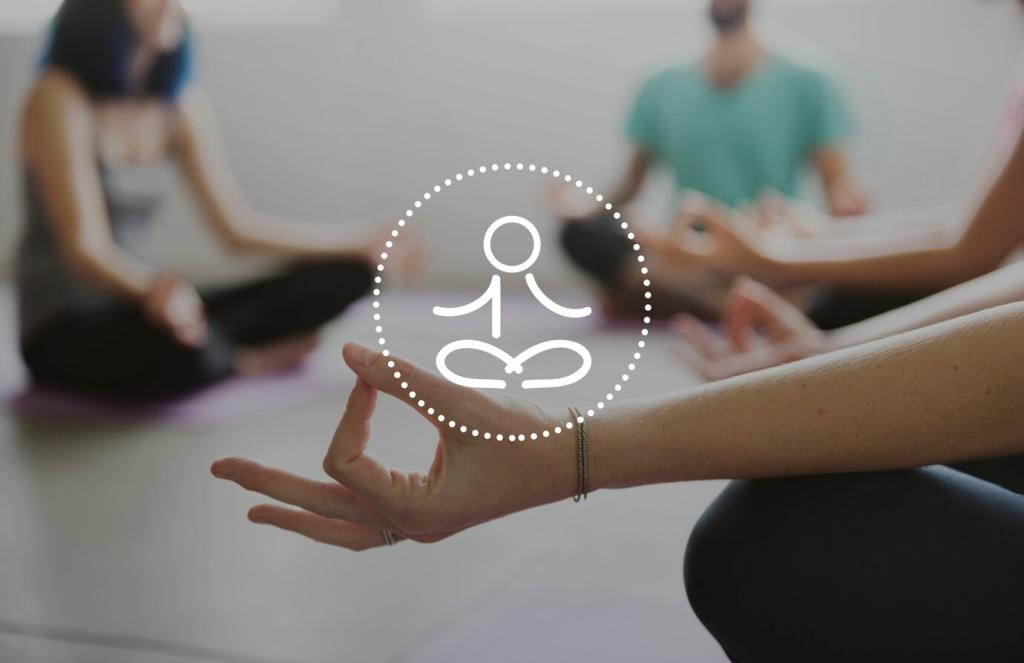
A short flow loosens clenched shoulders, then meditation dissolves racing thoughts. Physical relief reduces mental rumination, while mental ease prevents muscular bracing. Together, they interrupt stress patterns before they spiral into exhaustion or irritability.

Cardiovascular Support and Recovery
Studies suggest mindful movement and breathwork can modestly lower resting heart rate and blood pressure. Combined with meditation, they may improve heart rate variability, supporting recovery, endurance, and overall resilience during daily strain or athletic training.
Neuroplasticity and Emotional Balance
Regular meditation is associated with changes in attention networks and emotion regulation. Yoga’s interoceptive focus complements this by increasing body awareness, helping you sense stress earlier and respond with compassion rather than automatic reactivity.
Pain, Inflammation, and Tension
Gentle sequences can reduce perceived pain by improving mobility and circulation. Meditation reframes discomfort, lowering threat perception. Together, they may influence inflammatory markers over time while promoting safer, more intelligent movement patterns.
A Practical Daily Flow You Can Start Today
Begin with three minutes of belly breathing, then gentle cat–cow, low lunge, and a brief standing forward fold. Finish with two minutes of seated breath awareness, setting a clear intention for your day.


A Practical Daily Flow You Can Start Today
Release desk tension with shoulder rolls, thoracic twists, and a short warrior sequence. Close with a five-minute body scan meditation to downshift stress and return to work focused, kind, and energized.


Stories from the Mat and the Cushion
After months of traffic stress, Maya added five sun salutations and five minutes of breath meditation before leaving home. She reports calmer reactions, fewer headaches, and a surprising sense of spaciousness during difficult meetings.
Stories from the Mat and the Cushion
Between feedings, Eli practiced two-minute meditations while holding the baby and gentle hip openers during naps. Small windows added up, easing anxiety and back strain without adding pressure to achieve a perfect routine.
For Desk Workers and Tight Shoulders
Focus on neck mobilizations, chest openers, and hip flexor relief. Pair with box breathing to counter screen fatigue. Brief walking meditations between tasks refresh attention and prevent energy crashes in the afternoon.
For Active Athletes and Weekend Warriors
Use mobility flows before training, then a short breath-based meditation post-workout. This combination supports recovery, reduces overreaching, and strengthens focus under pressure during competition or demanding endurance sessions.
For Beginners and Sensitive Bodies
Choose restorative shapes with abundant props. Start with two to three minutes of breath or sound awareness. Progress slowly, celebrating consistency over intensity, and track gentle gains to build confidence and safety.

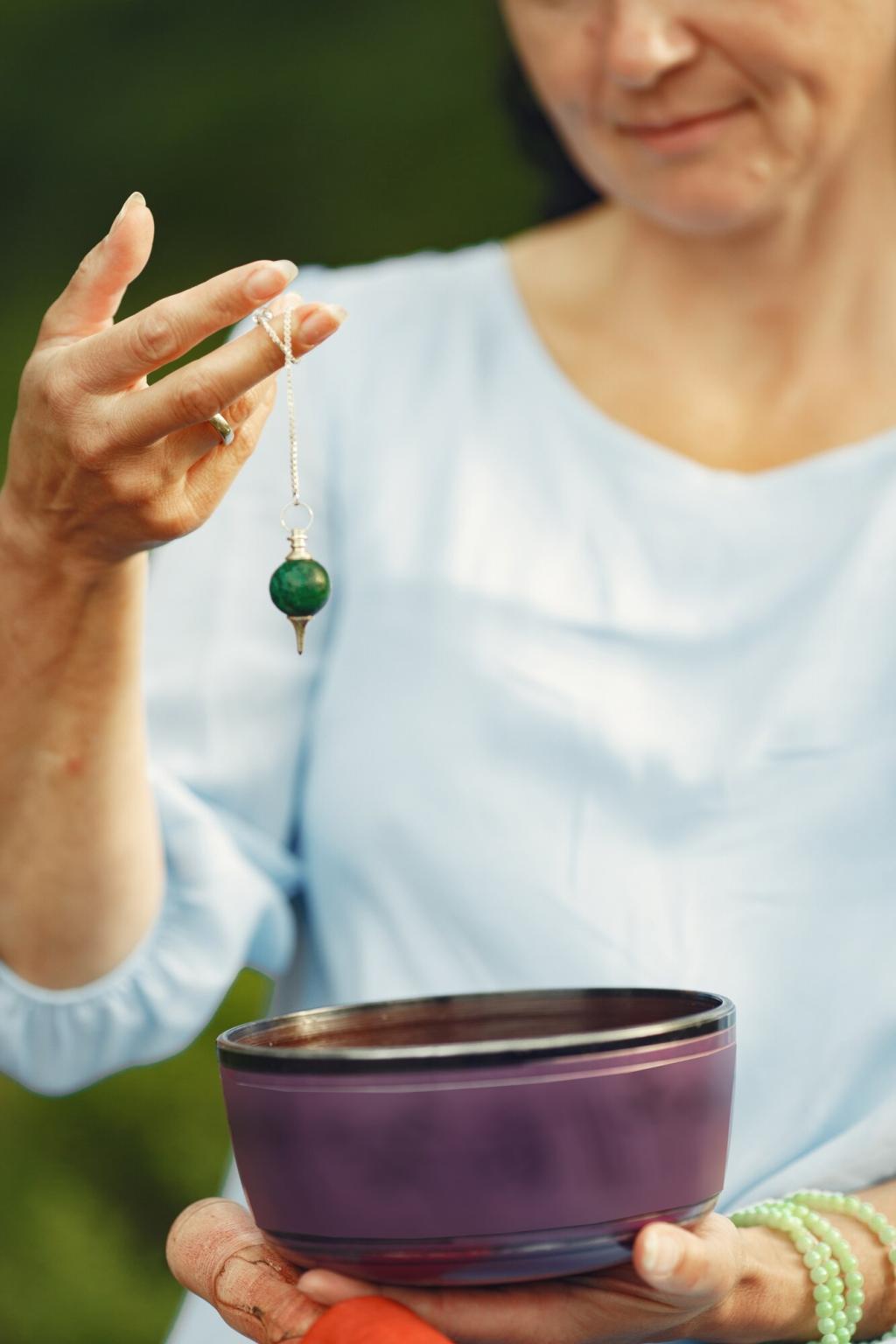
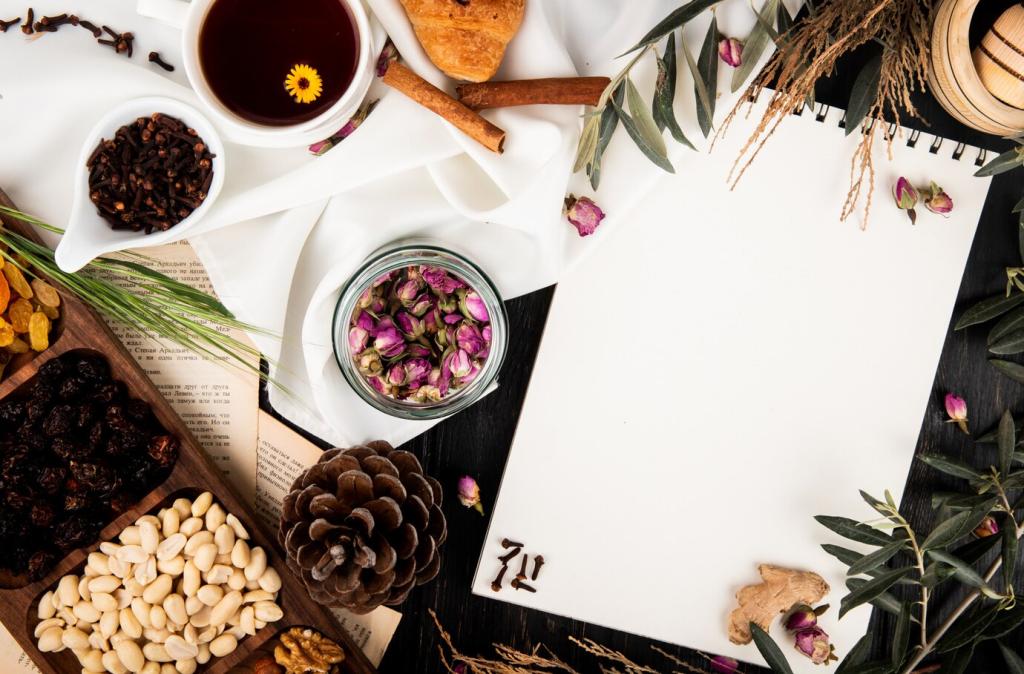
Lay out your mat the night before, schedule five-minute windows, and attach practice to existing routines like brushing teeth. Small cues reduce friction and keep your dual practice present in daily life.
